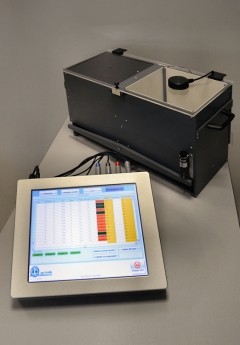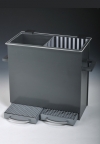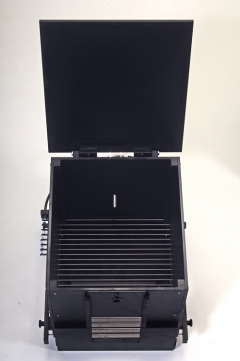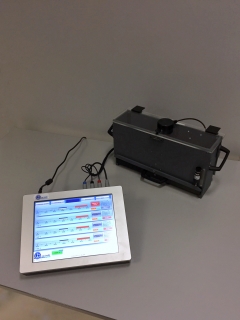Behaviour, Conditioning, Reward
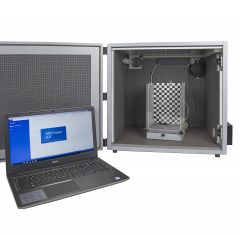
Fear Conditioning systems are designed to run Pavlovian conditioning experiments on mice or rats. Single-frequency sounds are delivered as neutral or conditioned stimulus (CS). Experimental procedures which contemplate the sound as CS are usually referred to as Cued Fear Conditioning. Electric current from the grid floor is delivered as the naturally aversive, or unconditioned stimulus (US).
Features / Specifications
 AUTOMATIC detection of FREEZING also in total darkness
AUTOMATIC detection of FREEZING also in total darkness
 Specific versions for rats or mice
Specific versions for rats or mice
 Select the most suitable cage: two sizes, available with optional features, such as specific versions for tethered animals, etc.
Select the most suitable cage: two sizes, available with optional features, such as specific versions for tethered animals, etc.
Applications:
 Fear Conditioning is a quick and reliable method to assess memory in rodents.
Fear Conditioning is a quick and reliable method to assess memory in rodents.
 When rodents are exposed to fearful stimuli, they respond, among the others, with immobility behavior, also called “freezing”. All different Fear Conditioning procedures imply the measurement of the freezing response (i.e. the fraction of time spent immobile).
When rodents are exposed to fearful stimuli, they respond, among the others, with immobility behavior, also called “freezing”. All different Fear Conditioning procedures imply the measurement of the freezing response (i.e. the fraction of time spent immobile).
 A rodent can learn to fear a previous neutral stimulus if that has been associated with an instinctively aversive one (such as an electric shock), or, in other terms, after having been conditioned.
A rodent can learn to fear a previous neutral stimulus if that has been associated with an instinctively aversive one (such as an electric shock), or, in other terms, after having been conditioned.
 After the conditioning has occurred, and the two stimuli have become associated, the animal is presented the neutral stimulus and, as a consequence, it will freeze. Freezing is commonly defined as complete immobility, apart from respiratory movements.
After the conditioning has occurred, and the two stimuli have become associated, the animal is presented the neutral stimulus and, as a consequence, it will freeze. Freezing is commonly defined as complete immobility, apart from respiratory movements.
 The time spent freezing is indicative of undergone memory and learning processes, which are at the basis of the association between neutral and aversive stimuli.
The time spent freezing is indicative of undergone memory and learning processes, which are at the basis of the association between neutral and aversive stimuli.
 Fear Conditioning is a sensitive and quick test, which requires very little training (usually only one trial) to the animals. It is therefore a valuable tool for basic behavior research, as well as for high throughput and drug discovery studies. Moreover, the conditioning established during the Fear Conditioning procedure can be very strong (i.e. long-lasting), allowing for long term experiments.
Fear Conditioning is a sensitive and quick test, which requires very little training (usually only one trial) to the animals. It is therefore a valuable tool for basic behavior research, as well as for high throughput and drug discovery studies. Moreover, the conditioning established during the Fear Conditioning procedure can be very strong (i.e. long-lasting), allowing for long term experiments.
